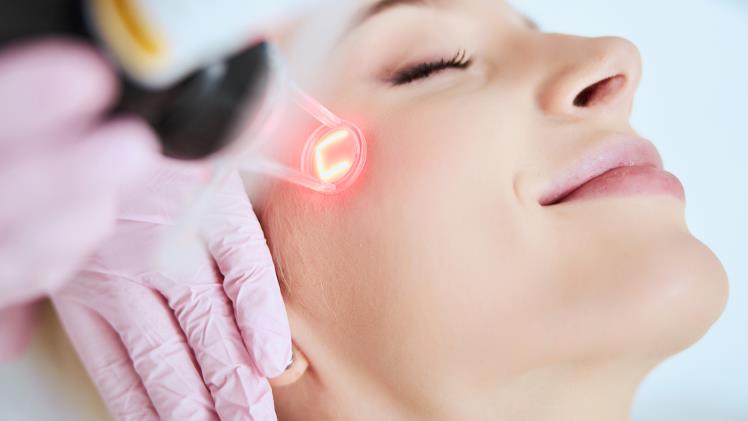Everyone desires glass skin, yet that flawless glow is elusive for most people, regardless of age. Using masks, scrubs, retinol, and glycolic to slough off dead cells can help. Clinical resurfacing treatments that cause slight injuries to the skin can also get you there faster. But for a supercharged solution, you can bet on aerolase San Pedro lasers. Your provider can use this device for several treatments, including skin tightening and rejuvenation, hair reduction, spider veins, rosacea, and more. This article focuses on laser resurfacing for facial rejuvenation.
What is laser resurfacing?
Laser resurfacing is a procedure that harnesses the power of laser energy to treat minor facial flaws and improve the skin’s appearance. The procedure can be done with an ablative or non-ablative laser. An ablative laser removes the outer layer of your aged or sun-damaged skin and heats the skin beneath (dermis) to stimulate collagen growth. As the epidermis in the treated area heals and regrows into smoother and tighter skin. A non-ablative laser is a less aggressive approach and has shorter downtime. Non-ablative lasers also stimulate collagen growth, but the results are often less noticeable.
How safe is laser resurfacing?
Like most treatments, laser resurfacing carries some risks. Common side effects of laser resurfacing include pain, redness, swelling, and itching; redness can be intense and may last for several months. Treatment can also worsen acne, especially if you apply thick cream and bandages to your face after the procedure. One can also develop a bacterial, viral, or fungal infection after laser resurfacing. A flare-up of the herpes virus is the most common infection; most of the time, the virus is usually present but dormant.
What happens before laser resurfacing?
Before treatment, your doctor will likely ask about your medical history. Expect to answer questions about current and past medical conditions and medications you might be taking. Your doctor will also ask you about any previous cosmetic procedures that you might have and how you react to sun exposure. You will undergo a physical exam, whereby your doctor inspects your skin and the area to be treated. A physical exam lets your doctor know how features like the tone and thickness of your skin might affect your results.
If you have a history of herpes infections around your mouth, your healthcare provider will prescribe an antiviral medication before and after treatment to prevent a viral infection. Depending on your medical history, you might need other medications before the procedure. Your doctor will give you detailed instructions on sun protection and acceptable sun exposure; too much sun exposure in the treated areas can cause permanent hyperpigmentation in the treated areas.
You should also stop smoking at least two weeks before and after treatment to reduce your risk of complications as your body heals. Ask your doctor if you will be sedated during laser resurfacing; if so, arrange for someone to drive you home after the procedure.
If you are considering laser resurfacing, consult your provider at Brilliant Beauty.

